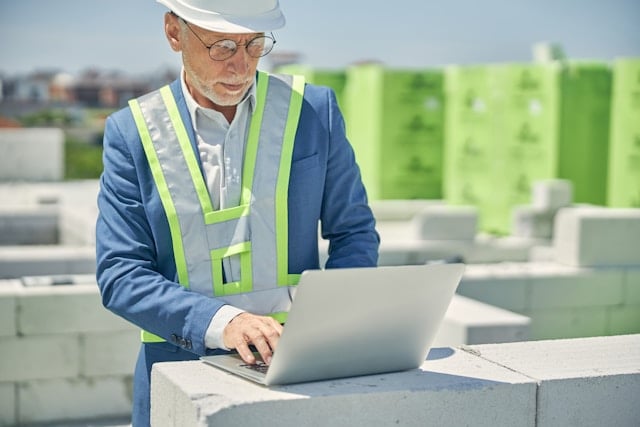How Automation and Robotics Are Transforming Construction in High-Scale Developments

In the world of high-scale construction, automation and robotics are not just futuristic concepts—they are the present reality driving efficiency, speed, and precision on job sites across the globe. As cities like Dubai, Abu Dhabi, and Riyadh continue to grow at breakneck speed, automation and robotics are playing an essential role in meeting the increasing demand for large-scale infrastructure and residential developments. Here’s how these technologies are revolutionizing construction in high-scale projects.
1. Increased Efficiency and Reduced Labor Costs
Automation in construction allows for faster completion of tasks that traditionally require significant manual labor. Robotic systems, such as brick-laying machines, can complete walls much faster than human workers, while automated concrete pouring systems deliver precision that reduces material waste. For large-scale developments, this means projects can be completed on time—or even ahead of schedule—with fewer labor costs.
2. Precision and Quality Control
Robots and automated systems bring a level of precision that can be difficult for human workers to achieve consistently, especially on large projects. For example, drones equipped with 3D mapping technology can create accurate site surveys, helping to ensure that every measurement is correct. This level of precision reduces the risk of errors, which is critical for high-scale developments where even small mistakes can result in costly delays or rework.
3. Safety Improvements
Construction sites, especially large-scale ones, can be hazardous environments. The use of automation and robotics helps to remove workers from dangerous tasks or situations, significantly reducing the risk of accidents. Drones are being used for site inspections in hard-to-reach areas, while robotic machinery handles the heavy lifting, preventing workplace injuries. In high-scale developments where safety is paramount, these technologies are invaluable.
4. Speed and Scalability
For high-scale developments such as skyscrapers or large infrastructure projects, scalability is key. Automation allows for repetitive tasks to be completed more quickly, enabling construction firms to handle larger projects without sacrificing quality or safety. Robotics, combined with prefabrication techniques, allows for the rapid assembly of building components, accelerating timelines while maintaining structural integrity.
5. Innovations in 3D Printing
3D printing technology is pushing the boundaries of construction automation. From building entire houses to producing custom parts on demand, 3D printing is transforming the way construction is approached. In high-scale developments, 3D-printed components can reduce material costs and waste, while also enabling custom designs that would be impossible or too expensive using traditional methods.
6. Data-Driven Construction
Automation and robotics also allow for the integration of data-driven processes in construction. Robots equipped with sensors and cameras can continuously monitor the progress of a project, providing real-time data to project managers. This enables better decision-making and ensures that the project stays on track. In high-scale developments, where timelines are tight and budgets large, data analytics powered by robotics can be the difference between success and failure.
Automation and robotics are transforming construction in high-scale developments by improving efficiency, precision, safety, and scalability. These technologies are no longer optional but essential for firms looking to stay competitive in today’s fast-paced construction environment. For developers working on large projects in the UAE and beyond, MawadOnline offers the materials and resources needed to integrate cutting-edge technology into your construction processes.









